Eco-Logos Under the Lens: Tracking Sustainability Badges
Sustainability badges and eco-logos are rapidly reshaping the business landscape, moving from simple marketing visuals to powerful, auditable assets for brand trust and compliance. As green seals and recycled icons multiply across campaigns, executives face new pressures to verify authenticity, manage regulatory risk, and quantify the true impact of their sustainability storytelling. This article explores how automated logo recognition technologies are transforming every “green” pixel into board-ready metrics—empowering brands to track, benchmark, and defend their environmental commitments with unprecedented precision. For C-level leaders, mastering this new era of visual ESG proof points isn’t just about reputation — it’s about securing long-term value and staying ahead of the competition.

Omnichannel Consistency: Web, App, Print—Same Look
Omnichannel consistency doesn’t require more meetings — it requires a better operating model. This post shows how a single, approved master image can become every downstream asset — thumbnails, hero banners, app tiles, partner feeds, and print-ready brochures — with zero manual retouching. By encoding brand rules into templates and enforcing them with vision APIs (background removal, focal guidance, logo/brand checks, OCR for legibility, NSFW and privacy controls), companies get the same look everywhere while cutting cycle time and rework.
For executives, the outcomes are concrete: faster time-to-publish, fewer sales–design revisions, a flatter cost curve per 1,000 assets, and built-in compliance for regulated categories. Practical examples include automotive imagery standardized via a Car Image Background Removal API, then auto-rendered across web, app, and print. You’ll get a plain-English pipeline map, a KPI scorecard to prove ROI, and a clear build-buy-blend decision framework — leveraging ready-to-go image processing APIs (e.g., Background Removal, OCR, Brand/Logo Recognition, Image Anonymization) and adding custom development only where it moves the numbers. Start with a 30-day pilot; scale once the metrics speak.
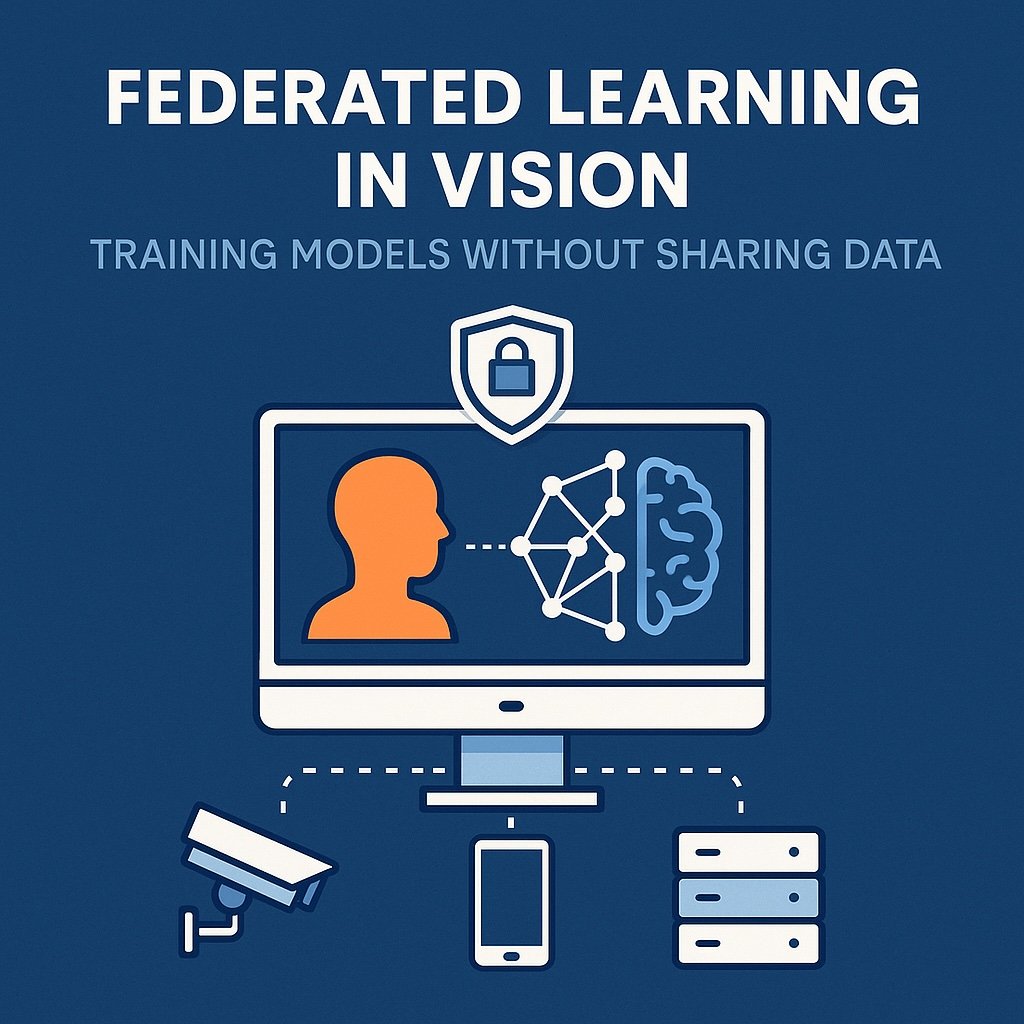
Federated Learning in Vision: Training Models Without Sharing Data
In a world where data privacy is both a legal requirement and a competitive differentiator, federated learning is emerging as a game-changer for computer vision. It allows organizations to train AI models across decentralized image data — without ever moving or exposing sensitive files. From retail shelf analytics and medical imaging to defect detection and autonomous driving, this privacy-first approach is enabling faster, safer innovation. In this post, we explore how federated learning works, where it’s delivering real ROI, and how C-level leaders can adopt it using a blend of ready-made APIs and custom solutions to stay ahead in the AI race.
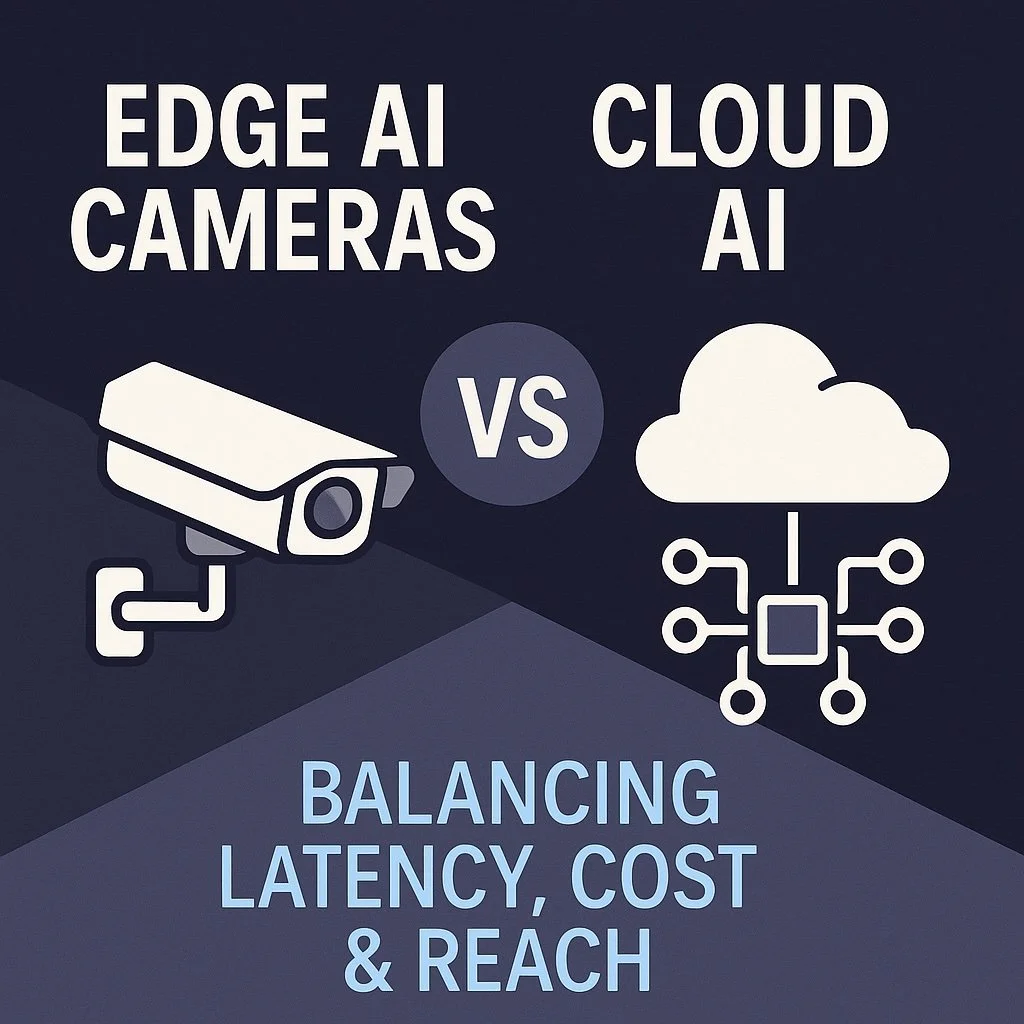
Edge AI Cameras vs Cloud: Balancing Latency, Cost & Reach
As AI becomes deeply embedded in everyday business operations, the debate between edge AI cameras and cloud-based processing is no longer limited to IT teams — it’s a strategic choice for the entire leadership. This post explores how to balance latency, cost, compliance, and scalability in real-world scenarios, offering C-level executives a clear framework for navigating AI deployment. Discover why hybrid architectures are emerging as the dominant model and how ready-to-use APIs for image labeling, OCR, logo recognition, and anonymization can accelerate your roadmap while controlling costs.
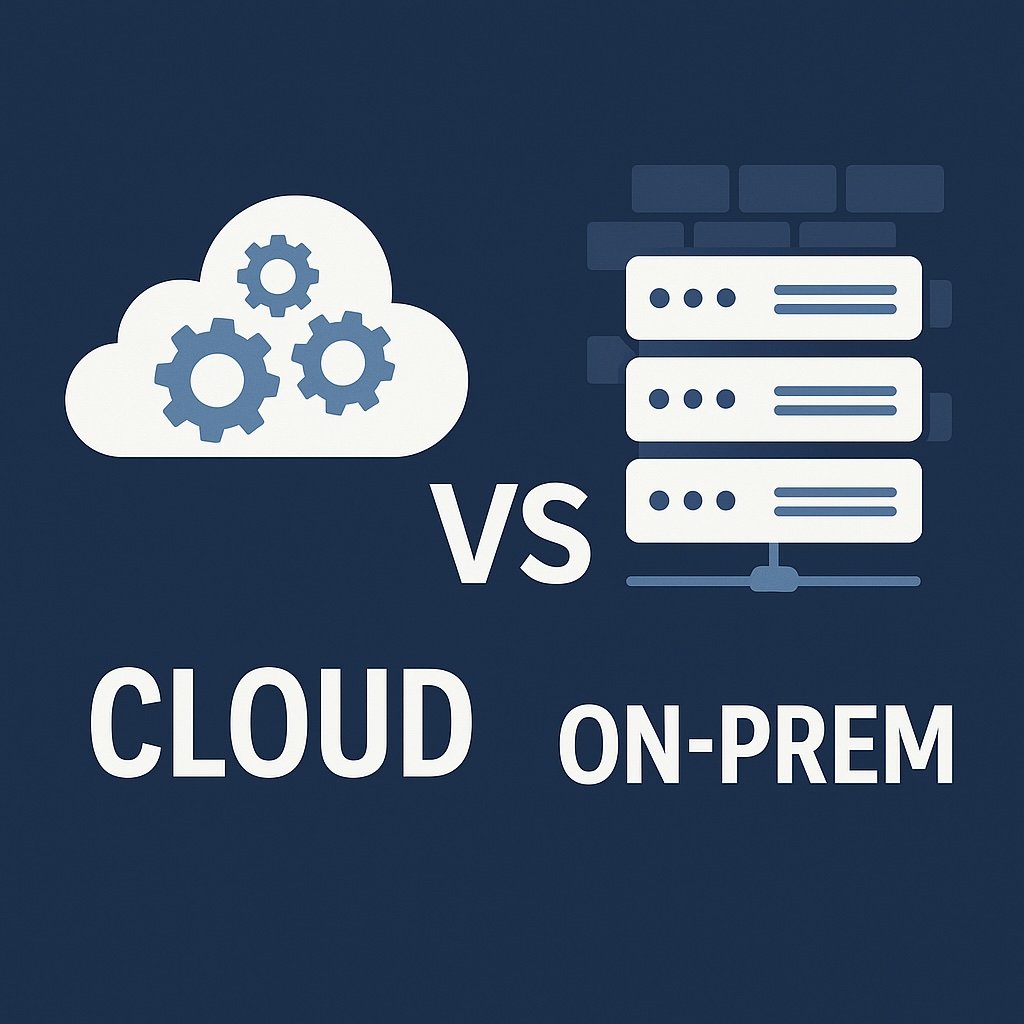
Cloud vs On-Prem: Which Is the Right Choice?
Cloud or on-prem? In 2025, this question is no longer just about infrastructure — it’s about innovation, speed, compliance, and cost strategy. As AI-powered image processing becomes integral to products and operations, C-level executives must weigh the trade-offs between agility, control, and long-term ROI. This post breaks down the key decision criteria, explores real-world deployment models, and reveals why hybrid strategies are becoming the blueprint for future-ready AI.

Build or Buy: How to Make the Right Choice
In today’s fast-paced digital landscape, organizations are under growing pressure to adopt AI-powered image processing. But when it comes to enabling computer vision capabilities, should you build a custom solution or buy a ready-made API? This post explores the strategic trade-offs, key decision criteria, and hybrid approaches that can help you make the right choice — faster, smarter, and with long-term value in mind.
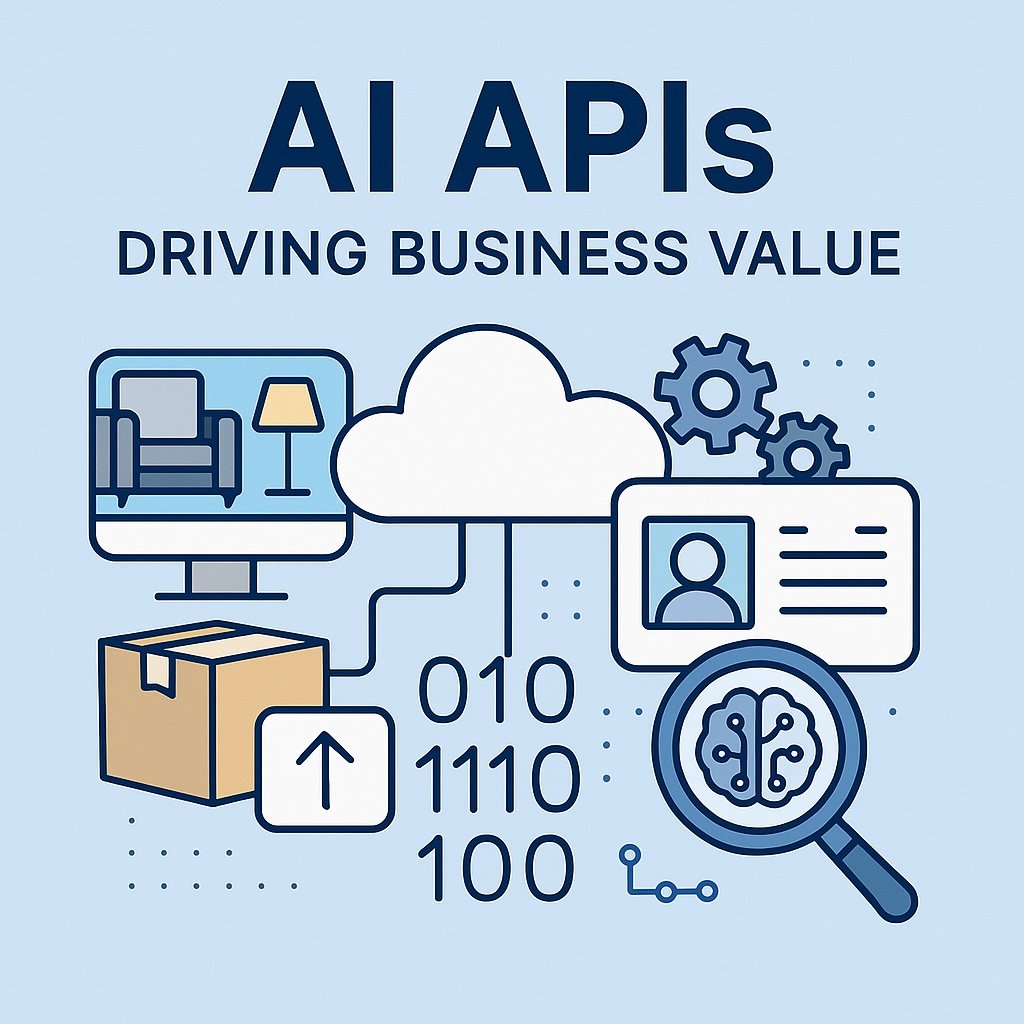
AI APIs: What They Are and Why They Matter to Business
AI APIs are changing the way businesses access and apply artificial intelligence — offering powerful features like image recognition, text extraction, and object detection through simple cloud-based interfaces. In this post, we explore what AI APIs are, how they work, and why they’re becoming essential for companies looking to innovate quickly, reduce costs, and scale smarter. Whether you’re in e-commerce, fintech, manufacturing, or media, discover how ready-to-use and custom AI solutions can unlock new value for your organization in 2025 and beyond.
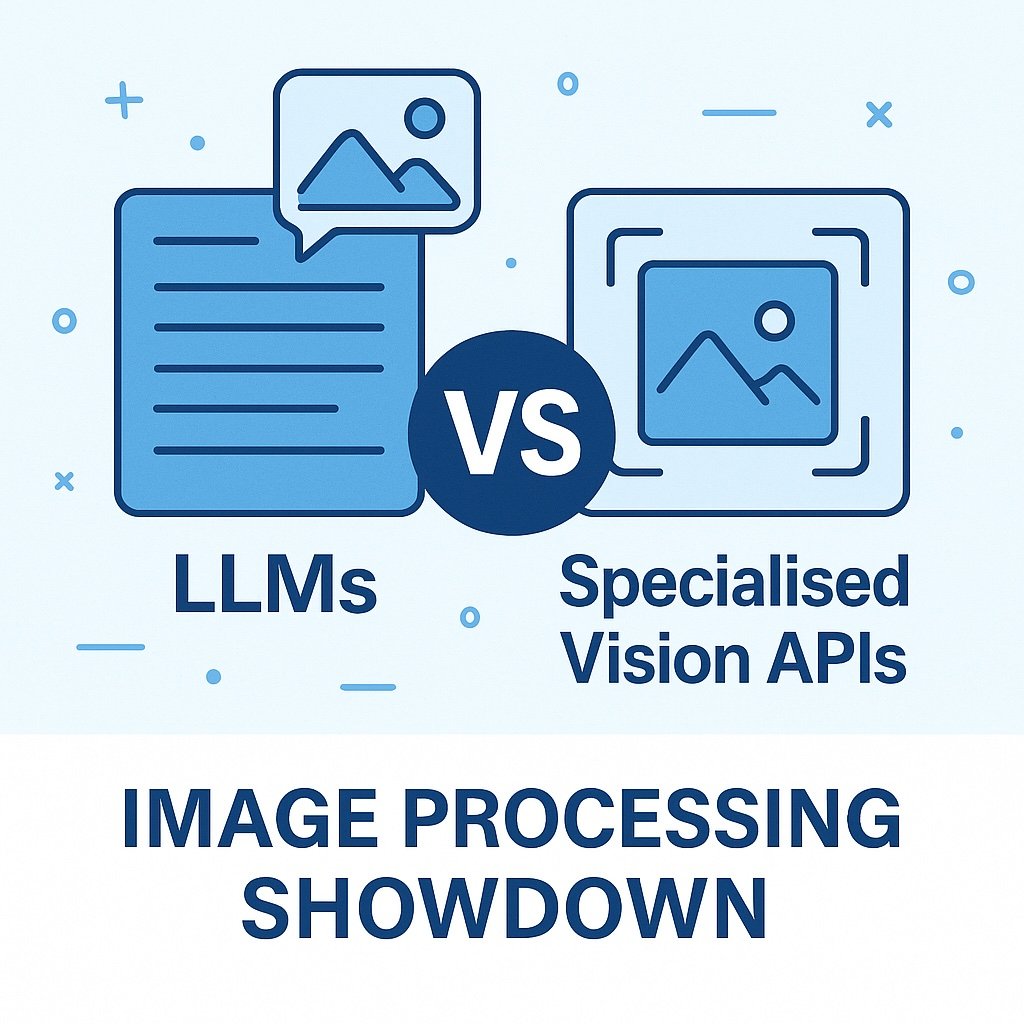
LLMs vs Specialised Vision APIs: Image Processing Showdown
As AI continues to transform the way we process visual information, a new question arises: should you rely on powerful multimodal large language models or stick with specialised vision APIs? This blog post explores the strengths, weaknesses, and ideal use cases for both approaches — and reveals why the smartest strategy may be to combine them. From automated product tagging to content moderation and document analysis, discover how to build more accurate, scalable, and cost-effective image processing pipelines using the right tools for the job.
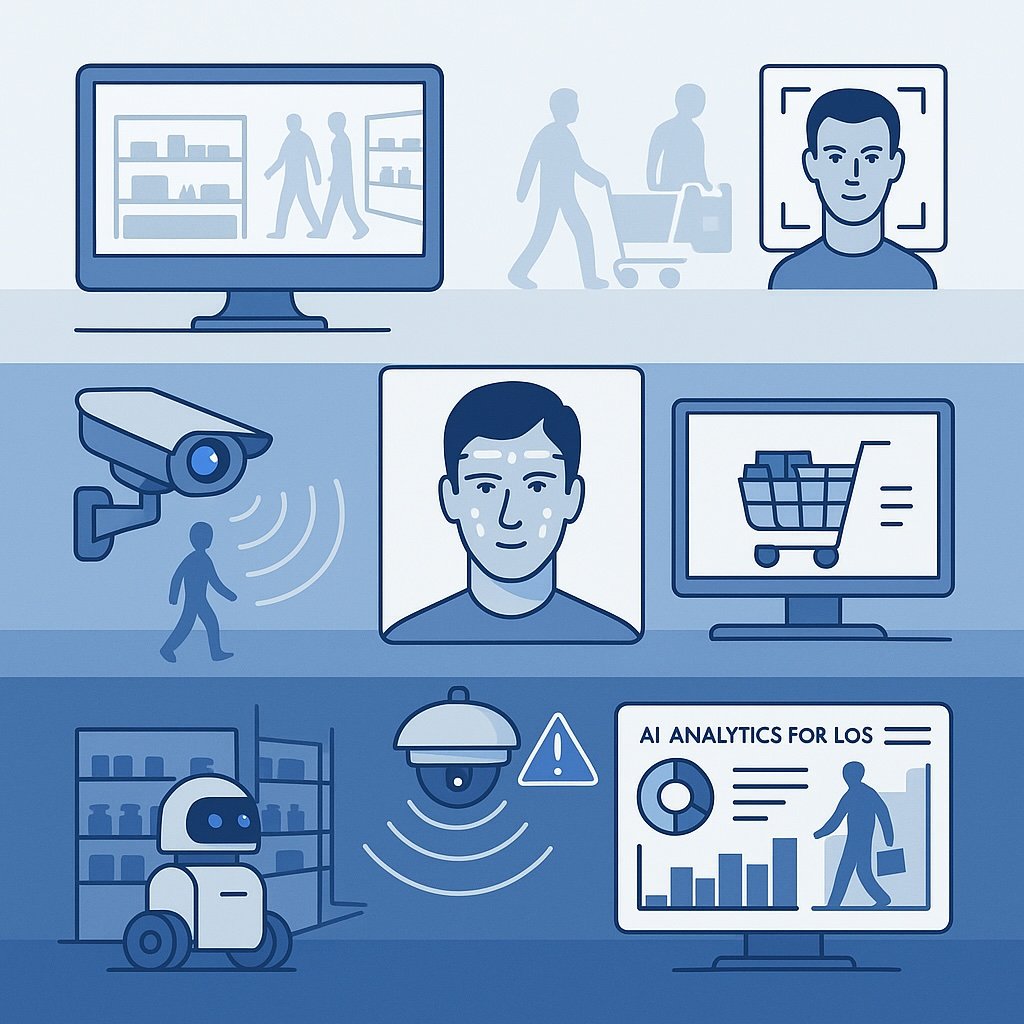
Computer Vision: Milestones, Trends & Future Insights
Computer vision has rapidly evolved from a research topic into a powerful business tool. In 2025, it's reshaping industries like retail, manufacturing, insurance, and content moderation by transforming images into actionable insights. This post explores the key milestones in computer vision's history, the six biggest trends driving its growth today, and a clear strategy for adopting vision technologies — from ready-to-use APIs to custom-built solutions. Whether you're looking to streamline operations, enhance customer experience, or gain a competitive edge, this guide will help you understand how to turn pixels into profit with AI-powered image processing.
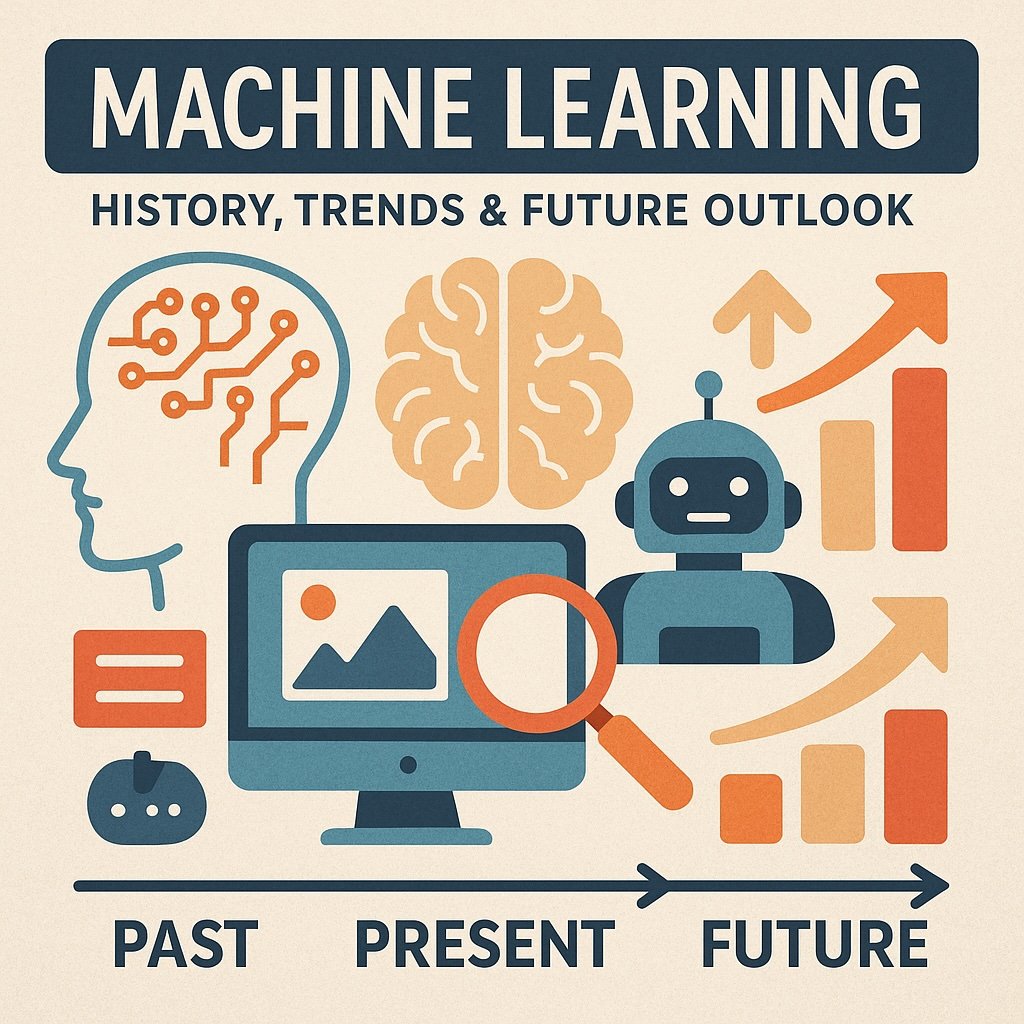
Machine Learning: History, Trends & Future Outlook
Machine learning has transformed from a niche academic field into a practical tool that powers everyday technologies — especially in image processing. From OCR and object detection to face recognition and visual content moderation, ML-driven vision APIs are helping businesses streamline operations, enhance user experiences, and meet regulatory demands. This blog post explores the history of machine learning, key trends shaping 2025, and how companies can strategically use pre-built APIs or invest in custom solutions to stay ahead. Whether you're just starting or scaling your AI capabilities, understanding this evolving landscape is key to making smarter decisions.

Photo-First Claims: 40 % Lower Handling Costs
Photo-first claims are transforming insurance — from multi-day paperwork and manual inspections to instant, AI-powered damage assessments. By using images captured on a smartphone and analyzing them with computer vision, insurers can cut claim handling costs by up to 40%, reduce fraud, and settle in hours instead of days. This blog post explores the step-by-step workflow, the key technologies behind it, and how insurers can begin their own journey toward faster, smarter, and more customer-friendly claims processing.

Faster Insurance Claims via Smartphone Photo Apps
Modern insurance doesn’t have to mean long waits and piles of paperwork. Thanks to AI-powered photo apps, policyholders can now snap pictures of damage and get instant repair estimates — often in minutes. This blog explores how computer vision technologies like object detection, OCR, and image labeling are reshaping claims processing, cutting costs for insurers, and creating faster, more satisfying experiences for customers. Whether you're a carrier looking to streamline workflows or just curious about the future of digital insurance, this is your guide to smarter, faster claims.

E-Commerce Pipelines: Auto-Tagging via Serverless Triggers
Tired of manually tagging product images? Discover how modern e-commerce teams are using serverless triggers to auto-tag photos the moment they’re uploaded. From S3 to search-ready in seconds, this guide shows how to combine Lambda functions with image labeling APIs to boost accuracy, speed up catalog updates and eliminate the need for constant server maintenance.

Seamless Stadium Entry: Face ID for Ticketing
Biometric ticketing is changing the game — literally. Stadiums are swapping barcodes for face scans, clearing tens of thousands of fans in minutes while cutting fraud and friction. This post dives into how facial recognition streamlines stadium entry, from edge-powered turnstiles to privacy-first enrollment flows. Whether you’re planning a pilot or scaling to full capacity, here’s what it takes to keep the gates fast, secure and trusted.

Real-Estate Photo Audits for Listing Accuracy
Misleading photos can tank real estate deals, damage trust and spark legal trouble. That’s why MLS platforms and property portals are turning to AI-powered photo audits — using scene classification, object detection and brand recognition to flag staging tricks, verify amenities and enforce visual accuracy at scale. The result? Cleaner listings, faster closings and a new standard of integrity in digital real estate.

Legal Pitfalls: Copyright & Face Recognition APIs
Face recognition APIs unlock powerful user experiences — but without the right legal guardrails, they can expose your product to lawsuits, fines or forced shutdowns. In this guide, we unpack the legal pitfalls around biometric privacy and image copyright and offer practical strategies like consent flow design, data retention policies, geo-based feature toggles and safe dataset sourcing. Whether you're using ready-made APIs or building custom computer vision solutions, this post shows how to stay compliant without compromising on innovation.
From Pixels to Insights: Why Cloud Vision APIs Win
Cloud-hosted Vision APIs are redefining how companies approach image processing — offering faster deployment, lower costs and zero infrastructure headaches. From OCR to object detection, teams can go from prototype to production in hours, not months. This post unpacks the hidden DevOps savings, hosting economics and hybrid paths that make cloud-first vision not just viable — but smarter.

Cloud vs Edge: Finding the Sweet Spot for Vision
Choosing between cloud, edge or hybrid for computer vision isn’t just about technology — it’s about finding the right balance between speed, cost and control. In this post, we break down the classic Latency–CapEx–Data Gravity triangle, walk through real-world break-even points and offer a practical roadmap from PoC to scalable deployment. Whether you’re tagging products, anonymizing faces, or automating inspections, this guide helps you make smarter architecture decisions — and hit the vision sweet spot in 2025 and beyond.

Off-the-Shelf vs Bespoke: The Total Cost of Ownership Showdown
Off-the-shelf AI APIs offer instant results and zero setup — perfect for fast-moving teams. But as usage scales, costs and limitations can creep in. This post breaks down the real total cost of ownership (TCO) for both plug-and-play APIs and custom-built computer vision solutions. From hidden dev-ops expenses to compliance hurdles and breakeven calculations, we provide a clear framework to help you decide when to rent, when to build and how to future-proof your AI strategy.

Background Removal API: The Secret to 5-Star Fashion Photos
In online fashion retail, product visuals directly impact sales performance — cluttered images lose conversions, while clean, consistent photos boost buyer confidence. Automated background removal APIs empower boutique owners to quickly transform everyday images into professionally polished visuals, enhancing catalog appeal and driving higher conversion rates. Discover how batch-processing workflows, combined with strategic visual branding and complementary AI tools like OCR and object detection, can significantly improve your store's efficiency and profitability.
